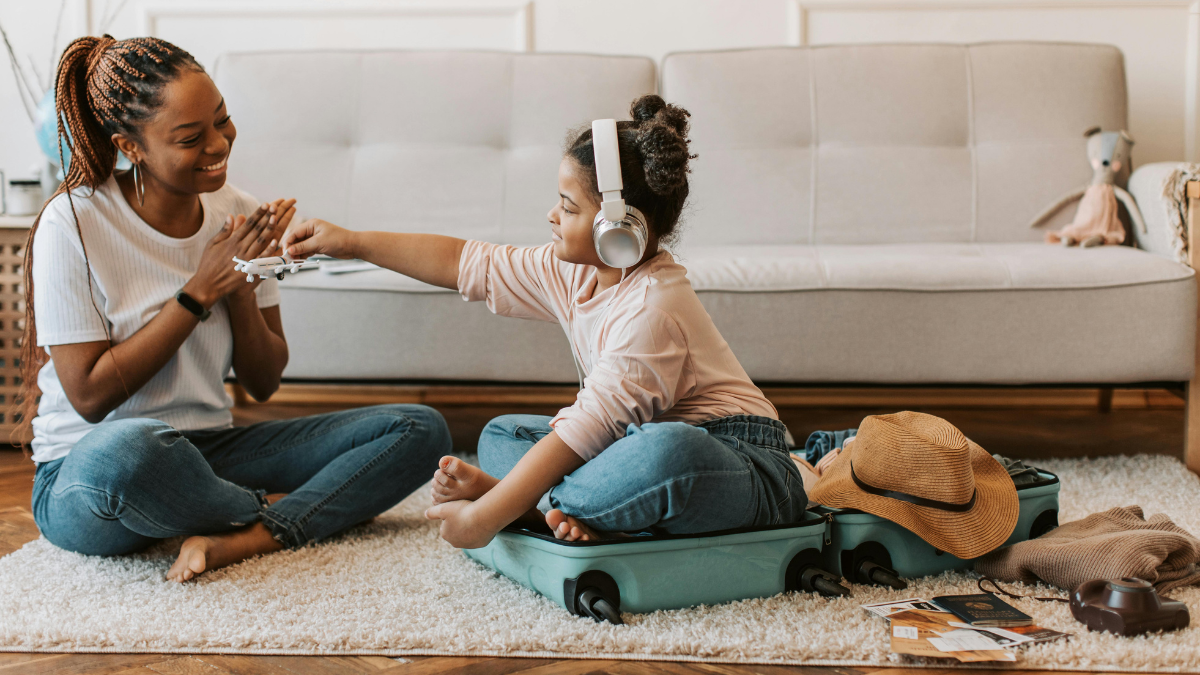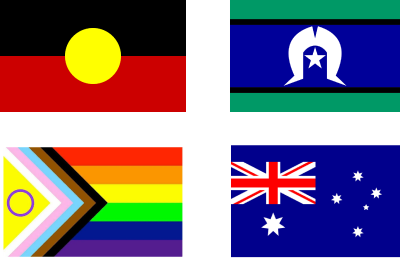
Travelling as an Autistic individual, or with Autistic family members, can present new challenges, including unfamiliar environments, sensory unpredictability and disrupted routines.
Yet travel can also offer immense joy, connection, and growth, especially when it’s approached with planning and forethought. This guide offers a framework for preparing before you leave, packing effectively, and supporting Autistic wellbeing while away.
Before You Go: Planning for Comfort
Many Autistic people thrive on structure and predictability, so involving your loved one in the planning process can make the trip smoother and more enjoyable for everyone.
1. Create visual structure and predictability
- Create your own or use AI to create a visual schedule or illustrated itinerary, showing every step of your journey.
- Preview destinations online using photos, videos, or virtual tours. Explore Google Maps together to familiarise them with airports, hotels, or campsites.
- Prepare social stories or scripts for new experiences, such as going through airport security.
2. Plan regular opportunities for passions and regulation
- Incorporate holiday activities that align with your loved one’s passions — a visit to a history museum, a wildlife sanctuary, a park, library or wherever it is that is their happy place.
- Choose accommodation options that align with your loved one’s sensory profile and offer opportunities for regulation – a dark tent or a swimming pool at the end of a day adventuring can really help replenish energy reserves.
3. Organise essentials early
- Refill prescriptions and prepare a medication schedule for the trip.
- Gather key documents: medical ID, emergency contacts, and travel insurance details.
- Consider visibility aids such as a Sunflower lanyard for hidden disabilities or a Companion Card (if in Australia).
- If relevant, set up location-sharing apps or GPS trackers for peace of mind.
4. Prepare regulation and communication supports
- Print or save visual supports, communication boards, or AAC materials your loved one uses daily.
- Download apps or videos that support regulation during waiting times, and in case of audiovisual system outages on flights.
What to Pack: Creating a Sense of Home Away from Home
Sensory Regulation Tools
- Noise-cancelling headphones, ear defenders, or earplugs for noisy environments.
- Eye mask or portable blackout curtains to maintain restful sleep.
- Sunglasses or tinted lenses for managing bright light.
- Soft, tag-free clothing in breathable fabrics to avoid unnecessary discomfort.
- Weighted blanket, comfort toy, or familiar soft object for emotional grounding.
- Fidgets and small stim toys to support self-regulation.
- Preferred scent sprays or essential oils to mask unfamiliar smells.
Routine and Comfort Items
- Favourite snacks and safe foods for sensory familiarity.
- Familiar drink bottles, utensils, or cutlery.
- Books, drawing supplies, puzzles, or preferred games for downtime.
Technology and Communication
- Tablet or iPad with AAC apps, calming media, and entertainment preloaded (plus chargers and protective cases).
- Power bank or backup device to avoid distress from a flat battery.
- White noise or ambient sound apps for relaxation.
- Portable modem or mobile hotspot for consistent internet access.
Health and Safety Items
- Medication supply, including backups and prescriptions.
- Medical ID bracelet or card outlining allergies, conditions, and support needs.
- Emergency plan detailing steps to take if separated or overwhelmed.
And a “travel day survival bag” with sensory supports, snacks, water, medication, chargers, emergency info, and spare clothes.
While You’re Away: Supporting Regulation and Connection
Even with thoughtful planning, travel days and unfamiliar places can bring unpredictability. A flexible mindset and ongoing support can make all the difference.
1. Keep routines where possible
- Maintain consistent mealtimes, bedtimes, and rituals such as reading before sleep.
- Build in quiet recovery periods between outings to prevent overload.
2. Monitor sensory environments
- Notice when environments become too loud, bright, or crowded, and retreat to calmer spaces as needed.
- Create sensory “safe zones” in accommodation — a familiar blanket or a small tent can help.
3. Communicate expectations and options
- Continue using visual supports or daily plans to outline what’s happening next.
- Offer choice and control whenever possible — such as selecting which activity to do first or where to sit.
4. Prioritise connection and self-compassion
- Celebrate small wins and moments of joy.
- Allow flexibility — it’s okay to change plans if energy or comfort levels shift.
- Model self-care and calm regulation; your state helps your loved one regulate too.
With preparation and compassion, travel can become what it’s meant to be: a chance to explore, connect, and discover the world — comfortably and confidently.

